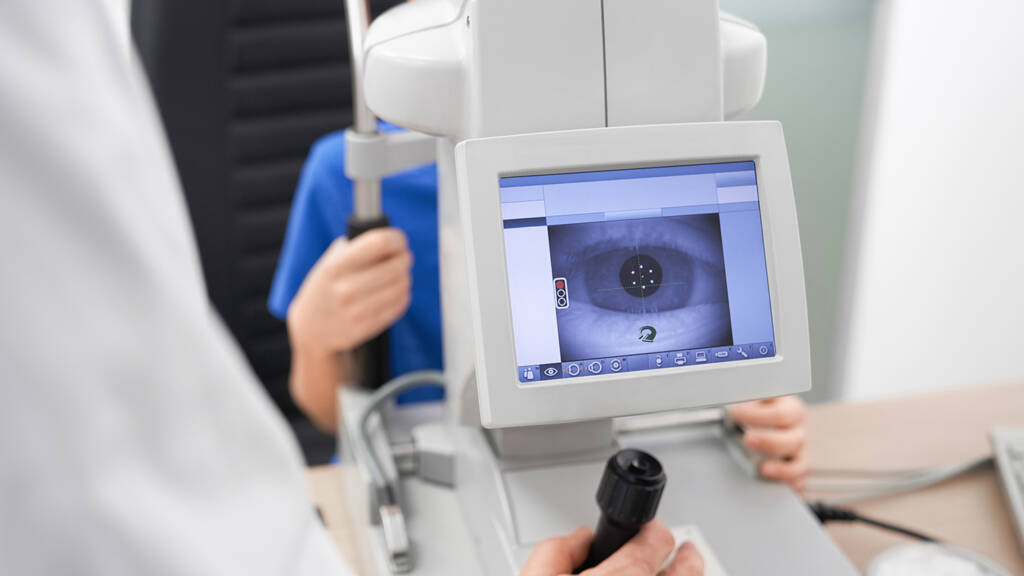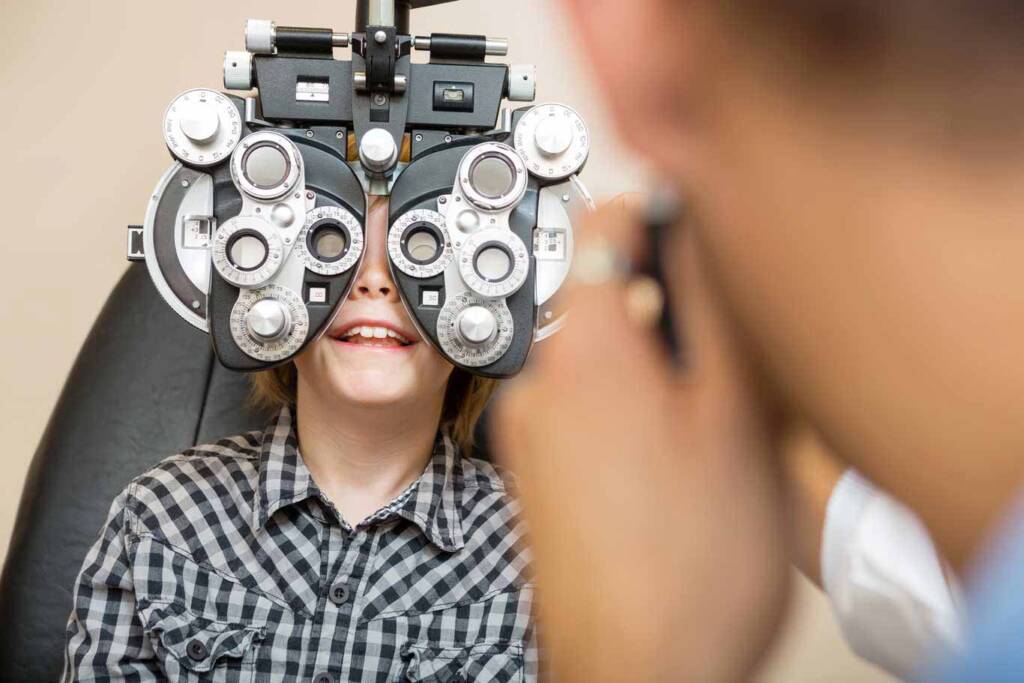When it comes to our health, we often neglect our eyes until we experience problems with our vision. However, regular eye exams are crucial for maintaining good eye health and preventing potential vision loss. At Optical House in Waterloo, we understand the importance of eye care and are dedicated to providing the best eye exam experience for our patients.
In this blog, we’ll explore the importance of regular eye exams, what to expect during an eye exam in Waterloo, and how Optical House can help you maintain healthy vision.

Why are Regular Eye Exams Important?
Eye exams are not just about checking your vision; they are a comprehensive assessment of your eye health. A regular eye exam can detect a range of eye conditions, including cataracts, glaucoma, macular degeneration, and diabetic retinopathy. These conditions can cause vision loss if left untreated, and in some cases, can lead to blindness. Regular eye exams can also detect other health issues, such as high blood pressure, diabetes, and high cholesterol, as the eyes are often a window to overall health.
Early detection and treatment of eye conditions are crucial, and regular eye exams can help prevent vision loss. According to the Canadian Association of Optometrists, adults aged 20-39 should have an eye exam every two to three years, while adults aged 40-64 should have an exam every two years. Adults over 65 should have an exam every year.
What to Expect During an Eye Exam?
During an eye exam at Optical House, our experienced optometrists will perform a series of tests to assess your eye health and vision. The exam typically includes:
1. Visual Acuity Test: This test measures how well you can see at different distances. You’ll be asked to cover one eye and read letters or numbers on a chart, starting with the smallest line you can read and progressing to larger lines until you can no longer read the text. Sure, here’s a continuation of the previous response:
2. Refraction Test: This test determines the correct prescription for your eyes. The optometrist will use a phoropter or an autorefractor to shine light into your eyes and assess how it focuses. You’ll be asked to compare different lenses and indicate which one provides the clearest vision.
3. Cover Test: This test assesses how well your eyes work together and checks for any eye alignment problems. The optometrist will cover one of your eyes and ask you to look at a small object, then cover the other eye and ask you to look at the same object.
4. Pupil Dilation: This test allows the optometrist to see the inside of your eyes more clearly. The optometrist will use eye drops to dilate your pupils, which may cause some discomfort or blurred vision temporarily.
5. Ophthalmoscopy: This test allows the optometrist to examine the inside of your eyes, including the retina and optic nerve. The optometrist will use an ophthalmoscope, which is a handheld device with a light and magnifying lens.
6. Tonometry: This test measures the pressure inside your eyes, which is important for detecting conditions like glaucoma. The optometrist will use a tonometer, which is a small device that touches the surface of your eye and measures pressure.
7. Visual Field Test: This test assesses your peripheral vision. The optometrist will ask you to look straight ahead and indicate when you see a series of lights or objects appear in your peripheral vision.

What to Expect After an Eye Exam?
After the eye exam in Waterloo, the optometrist will discuss the results with you and provide recommendations for any necessary treatments or follow-up appointments. If you need glasses or contact lenses, the optometrist will provide a prescription and help you choose the best option for your needs.
If you have a condition that requires ongoing treatment, such as glaucoma or diabetic retinopathy, the optometrist at Optical House will provide you with information on how to manage the condition and schedule follow-up appointments as needed.
